Jacaranda Pests and Diseases: How to Identify and Treat Them
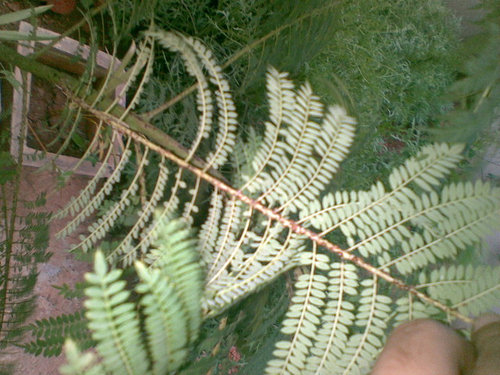
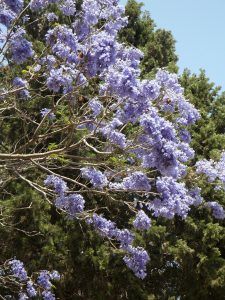 If you think of a big, beautiful tree with purple flowers, what comes to mind? Sure it’s the jacaranda.
If you think of a big, beautiful tree with purple flowers, what comes to mind? Sure it’s the jacaranda.
This spectacular plant is a true gift of nature due to its imposing beauty, so keeping it healthy is almost mandatory.
She helps a lot around this issue because she is very resilient. The detail is that sometimes there are pathogens out there looking to harm you.
And what can you do in such a situation? Keep you informed so you can see that everything can be solved if you act on time. Let’s see then the pests and diseases of the jacaranda.
aphids
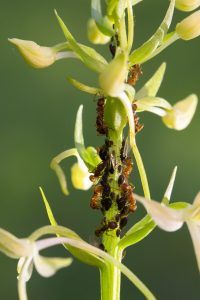 They seem to be the most frequent in summer (and in fact they are in almost any plant species) and the most feared as well.
They seem to be the most frequent in summer (and in fact they are in almost any plant species) and the most feared as well.
Aphids have an incredible and rapid reproductive capacity, which means that in a short time you have hundreds of little bugs on the leaves of the plant.
They base their diet on the sap that they extract with a special suction device, subtracting energy and vitality from the species. In addition to that, they expel a thick and syrupy liquid that attracts other insects, such as ants.
The worst thing is that they can also settle a very dangerous fungus known as bold. If you see a jacaranda that appears weak and has new leaves that are quickly turning yellow, you should assess the structure.
Aphids hide behind the leaves, so you will have an easy time recognizing them. Attack them by cleaning the plant with neem oil or potassium soap, which are cheap, efficient organic treatments that are not very harmful to plants.
root rot
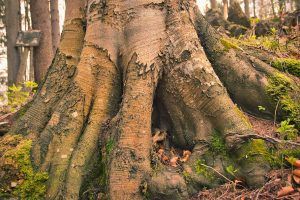 It is one of the easiest fungal diseases to avoid because it depends (almost entirely) on the good or bad actions we do as growers.
It is one of the easiest fungal diseases to avoid because it depends (almost entirely) on the good or bad actions we do as growers.
In most cases, these situations are generated by locating the tree in an area with poor drainage substrate, or failing that, the applied risks are excessive.
To avoid root rot, it is necessary to avoid puddles at the foot of the tree, remembering that it is not a species that needs a lot of watering.
In addition, it is necessary to note that health problems are not always due to a deficit in irrigation, since we hardly see a yellow leaf, we think that it is the product of drought.
If the disease has arisen, it will be necessary to work the land to free it from excess water, avoiding watering in the following days.It would also be a good plan to improve the drainage capacity by incorporating some layers of sand around the base.
The treatments in this case are not very effective because when the symptoms begin to be seen in the aerial part, the internal part is very advanced.
bold
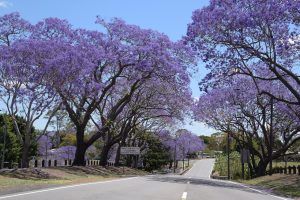 It is a disease caused by fungi that takes advantage of the syrupy secretions that some insects leave on the plants to enter them.
It is a disease caused by fungi that takes advantage of the syrupy secretions that some insects leave on the plants to enter them.
Aphids are one of the insects that produce it (as we saw above), but cochineals and whiteflies can also be counted in this group.
It owes its name to the fact that it produces a layer of small blackish particles on the surface, as if it were soot. The good news is that it is not very aggressive with the health of plants, so its energy will not decrease in its presence.
The issue is that it generates an ugly effect on the leaves and stems, which look dirty, which is not pleasant in the case of an ornamental plant such as the jacaranda.
Of course, it is not that much progress can be allowed because in case of covering most of the plant, it could cause a fatal outcome. It is possible to apply a treatment that reduces the impact of the bold and the first step is to eradicate the insect that produced the molasses where it settled.
After that, you will need to thoroughly wash the entire surface of the tree. Due to its dimensions, it will be convenient for you to have a pressure work team.
Finally, apply a pruning in a convenient way, concentrating only on those areas that have suffered obvious damage to their structure. Bold is known in some parts as sooty mold.
Mealybugs
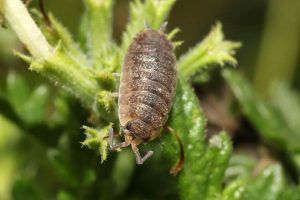 The high temperatures of summer and the humidity that comes from the rains when autumn approaches can give rise to the appearance of this pest.
The high temperatures of summer and the humidity that comes from the rains when autumn approaches can give rise to the appearance of this pest.
It is popular because it is not only capable of attacking jacarandas, but almost any type of plant that comes its way.
Mealybugs enjoy being on healthy plants that give them good sap to feed on, since they take advantage of their sucker for this purpose.
The cottony mealybug is the most common type seen at that time and is evidenced by having a white body covered by a kind of shell. In addition, it leaves a white structure where it passes through which has a cotton-like appearance.
It also produces the molasses that is so pleasant for the bold and that at the same time is a source of food for ants. Mealybugs can be seen on the undersides of leaves where they form colonies and are easily spotted.
To combat them, treatments based on neem oil, potassium soap or 70% isopropyl alcohol must be applied.
The jacaranda is recognized for being very resistant and if it has favorable planting and development conditions, it will most likely not give you problems. However, in the event of an attack, you must be prepared to recognize the symptoms and attack with effective treatments.
Remember to check the health status of any other plant that is near a jacaranda that has been infected by pests or diseases to rule out contagion.
Some types, such as aphids, are able to transfer very easily from one plant to another, making the problem much greater. For this reason, it is so necessary to act with a solution as soon as possible.
Bibliographic references
- Incidence of the “aguaribay mealybug” Ceroplastidia grandis (Hempel) (Hemiptera: Coccidae) in jacarandas (Jacaranda mimosifolia D. Don) of the woodland …, L Correa Franco – 2018 – sedici.unlp.edu.ar
- Glucose injections in Jacaranda mimosifolia D. Don in urban areas of Texcoco de Mora: Jacaranda injections to improve growth, LMM Gallegos… – Revista…, 2019 – Cienciaforestales.inifap.gob.mx
- Germinative evaluation of jacaranda (Jacaranda mimosifolia D. Don) under the effect of three different levels of substrates and two pregerminative treatments, MD Plata Valencia – 2013 – repository.umsa.bo
- Plant endotherapy as a pest and disease control technique in urban trees, K Montes Tuppia – 2017 – 190.119.243.88
- Integrated pest management in the city, R Laborda – Horticulture: Magazine of industry, distribution and…, 2007 – miteco.gob.es
- Diagnosis and characterization of the trees in the forest of San Juan de Aragón, E Velasco Bautista, EN Cortés Barrera… – Revista mexicana de…, 2013 – scielo.org.mx
Maybe you are also interested in:



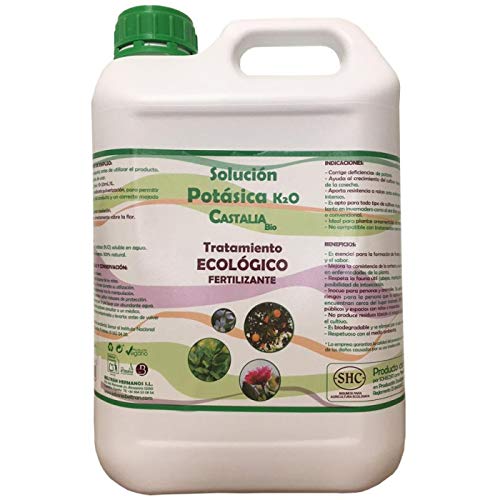
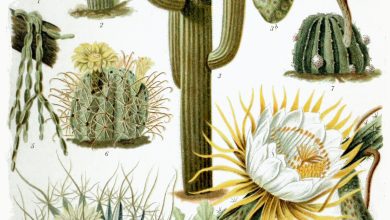
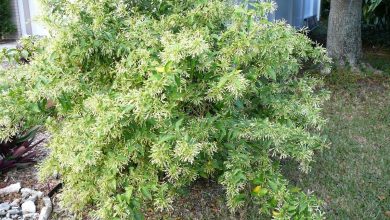
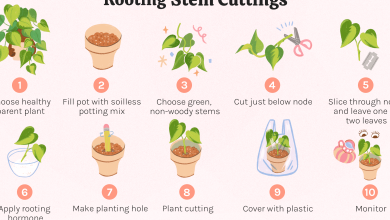
![Photo of Plant Sunflowers: [Cultivation, Care, Irrigation, Substrate, Pests]](https://www.complete-gardening.com/wp-content/uploads/2022/08/plant-sunflowers-cultivation-care-irrigation-substrate-pests-390x220.jpg)